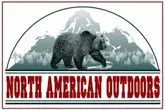How to Become a Nimrod
Tags:
By Heidi Lyn Rao
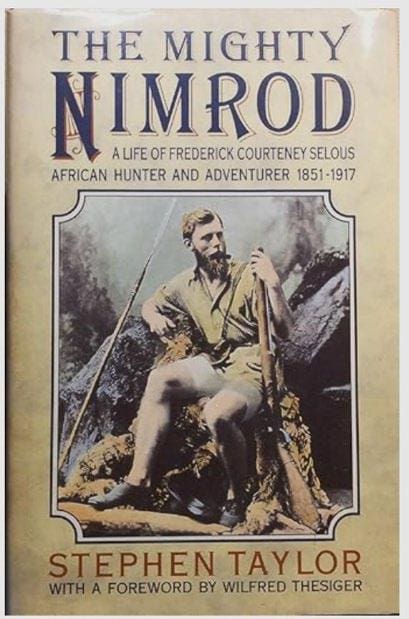
How to Become a Nimrod
Is the title “Nimrod” a positive or negative term to you? Most people think the term Nimrod has a negative connotation implying that someone is an idiot or a dolt. In reality, the term Nimrod is a distinguished title that is not easily obtainable. Historically, a Nimrod is a title given to only the greatest of hunters. More specifically, a Nimrod is a mighty and fearless individual that possesses extraordinary courage and strength in hunting wild animals and the builder of societies.
The term Nimrod comes from the Book of Genesis. Nimrod was the name of the son of Cush and the Great Grandson of Noah. The Bible portrays Nimrod as a great hunter and king. Merriam-Webster Dictionary defines a Nimrod as (1) a descendant of Ham represented in Genesis as a mighty hunter and a king of Shinar and (2) a hunter. In the recent past, up into the mid- 1900s, the title “Nimrod” is one of great admiration and recognition of someone who is a renowned or famous hunter.
It was the writings of the adventures of the early explorers that mapped out continents of North American and Africa that influenced many men and women to seek out hunting
opportunities at home and in different lands. Early writings by hunter explorers included the likes of Paul DuChaillu, Ronalyen Gordon-Cummings, and Fredrick Courteney Selous. Many great hunters are familiar with the Stephen Taylor’s famous contemporary work – The Mighty Nimrod Life of Frederick Courteney Selous: African Hunter and Adventurer 1851-1917.
A Nimrod was not just a wealthy individual that traveled the world hiring guides to put them on trophy animals across the globe. This prestigious title cannot be bought, it must be earned. A Nimrod can be a person who does not have much wealth but has mastered the art of hunting the species in his or her region. Additionally, a Nimrod does not hire guides to do the dirty work; all the client has to do is pull the trigger. This is akin to taking someone fishing, hooking the fish for them, masterfully playing the fish until it is tired out, and then handing the rod to the client to reel it in the last 10 yards to the boat. A Nimrod can be a famous hunter or an individual only known to others in their community but is always someone that takes the lead and sets the standard for hunting a specific region or species.
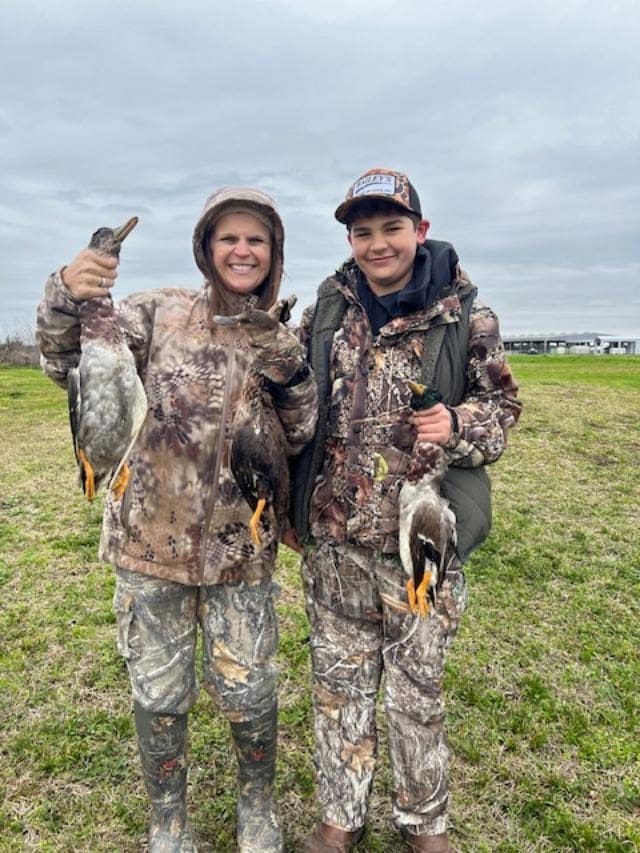
Walter Dalrymple Maitland (W.D.M.) Bell (1880-1954) is one of the best examples of a Nimrod. W.D.M. Bell authored several books chronicling his adventures as an Ivory Hunter. His most popular of his books are The Wanderings of an Elephant Hunter (1923), Karamojo Safari (1949), and Bell of Africa (1960). Anyone reading these books must be open-minded and take into context the era that these events took place. To be critical of these writings or any of the early or contemporary explorers by comparing them to today’s standards is robbing the reader of the incredible feats that these individuals accomplished!
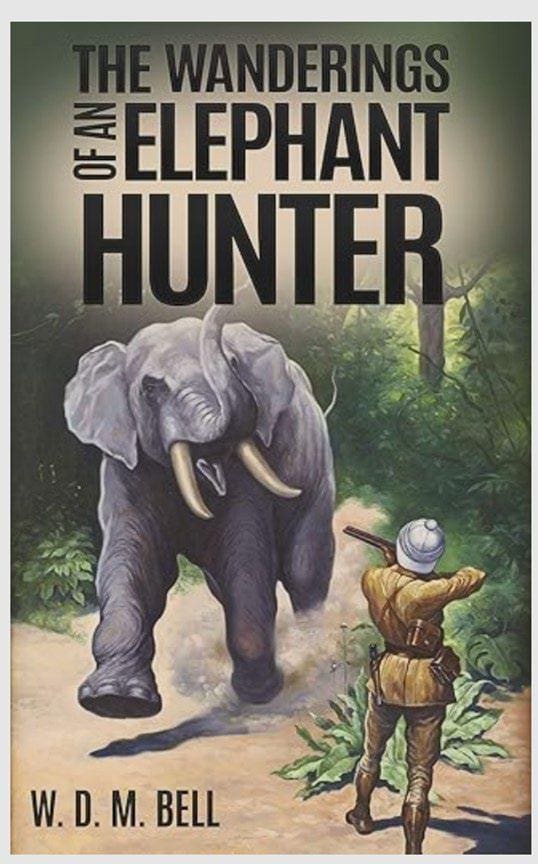
There were also well-known contemporary Nimrods in the later part of the 1900s. John Henry Selby, known to the world as Harry Selby (1925-2018) is probably one of the most famous Nimrods in modern history. Mr. Selby was catapulted to fame when he was featured in several published hunting adventures by renown authors. He became the most sought-after guide in Africa, specifically in Kenya and Buchuanaland. Another famous contemporary Nimrod is the American-born Peter Capstick (1940-1996). Mr. Capstick was an African Professional Hunter (PH) that wrote about many of his exploits in numerous books. Though a bit controversial as being someone who liked to stretch the truth when it came to his adventures, no one can take away his ability as a great hunter.

There is no doubt that times have changed, and hunters are much more conservation oriented. This statement includes Harry Selby and Peter Capstick who were both considered great conservationists. In fact, in modern times, to possess the title of Nimrod, an individual must adhere to modern conservation actions and beliefs.
Another famous Nimrod was Teddy Roosevelt. Because he knew that hunting and fishing were crucial to preserving and protecting wildlife, President Theodore Roosevelt was a champion for sportsmen. To continue educating the public about the true values of hunting and fishing, The Nimrod Society (https://nimrodsociety.org/) was formed in 2003. This group of avid sportsmen and women work tirelessly to create self-funding state and national education programs aimed at educating the public about the important role that hunters and anglers play in society.
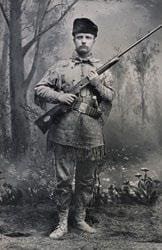
In the 2000s, there are female hunters that have achieved the title of Nimrod. Eva Shockey and NRA Women contributor, Melissa Bachman are a couple of well-known Nimrods recognized by many, especially by female hunters, as experts in the sport of hunting.
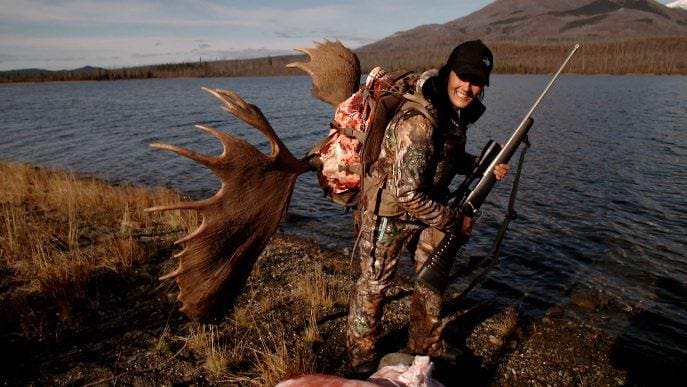
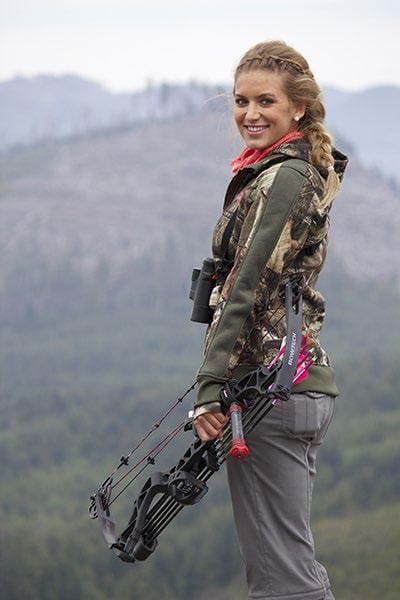
More women are achieving prominent positions across the nation’s Fish and Wildlife Departments. Currently, nearly half the states have a female Statewide Hunter Education Coordinator. There are many more women who hold the title, Assistant Hunter Education Coordinator. I know every one of these individuals and every one of them could make much more money in the private sector, but they choose to devote themselves to the sport of hunting and teaching others safety, responsibility, and conservation. These women are the unsung heroes across our nation that provide the citizens of their state with the information to become successful in their hunting endeavors.
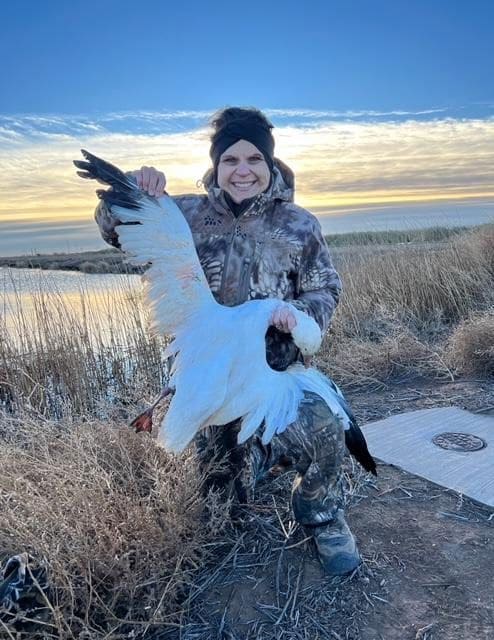
Heidi Rao – Texas Parks and Wildlife Hunter Education Specialist + Becoming an Outdoors- Woman Coordinator
How do you become a Nimrod? Start hunting! The first step is to become certified in your state’s Hunter Education Program. Hunter Education certification is recognized and is reciprocal in every state, Canada, Mexico, Europe, Africa, and beyond. Basically, everywhere around the globe where there are hunting opportunities. Next, do your research. Start with friends or family who hunt, conduct internet searches, and find books on the subject. Lastly, take up hunting, increasing your knowledge of the species you are hunting, and increase the challenge of hunting that species, such as stalking game animals as opposed to hunting out of a blind. This will give you knowledge of that particular game animal that many other hunters do not possess. Most importantly, talk to those who have a lifetime of hunting experience and knowledge.
Unfortunately, much of the knowledge of hunting has already begun dying off, as many of the “old timers” are heading to their final hunting ground. A lot of this knowledge was captured by the late author, Robert Ruark (1915-1965) with his post-WWII works involving hunting, ethics, and conservation. His works are considered important mid-twentieth century americana about all things hunting. Ruark wrote a column in Field and Stream Magazine from 1953-1961 and these works have been captured in his publications The Old Man and the Boy, The Old Man’s Boy Grows Older, and The Lost Classics. These books contain the short stories published in Field and Stream Magazine and offer a road map to becoming a Nimrod.
Every hunter should strive to be a Nimrod. If you are an avid hunter and individuals look to you for advice on how to get started or knowledge to become more successful, you might already be a Nimrod. Even Nimrods are continuously trying to increase their knowledge and hone their skills in the pursuit of their choice of game. So, if anyone ever refers to you as a Nimrod, say, “Thank you! I have worked hard at it!”
